Center of Excellence for TMJ
Successfully changed 5000+ patients' lives non-surgically!
How Can We Help You?
TMJ Solutions
Have you been told it's all in your head? It's not normal for your jaw to Click/Pop/Lock. MAKE AN APPOINTMENT TODAY.
Jaw Pain
Jaw pain could be caused by a host of dental issues, but more doctors overlook TMJ. Don't continue to live with jaw pain!
Download Dr. Patel's FREE EBook:
SOS TMJ RESCUE
Don't be deceived; your symptoms are REAL!

TMJ and Sleep Apnea Treatment
TMJ Specialist in Naperville, IL - Dr. Hitesh Patel
When you visit our office, your health is our top priority. Our entire team is dedicated to providing you with the personalized, gentle care that you deserve.
Part of our commitment to serving our patients includes providing information that helps them to make more informed decisions about their oral health needs. This website is a resource we hope you’ll find both useful and interesting.
FAQ's
Frequently Asked Questions
-
WHAT CAUSES TMJ?
Causes of TMJ disorders can occur if:
- The disk erodes or moves out of its proper alignment.
- The joint's cartilage is damaged by arthritis.
- The joint is damaged by a blow or other impact.
- The muscles that stabilize the joint become fatigued from overwork, which can happen if you habitually clench or grind your teeth.
- Accidents – trauma to the head or neck caused by falls, sports injuries, car accidents, etc.
- Bad habits such as clenching or grinding of the teeth, poor posture, improper sleep habits
- Forward Head posture (i.e. when you jut your head forward when working on a computer for hours; or cradling the phone between your shoulder and ear; or reading a book)
- Misalignment of the upper and lower jaw
- Problems with the bite. When the Upper and Lower teeth do not fit properly.
- Poorly fitting dentures
- Missing or misaligned teeth
-
WHAT IS TMJ?
Over 10 million people in the USA suffer from TMJ or temporomandibular joint syndrome, a condition in which the temporomandibular joint does not function correctly, which usually generates pain of varying degrees.
The temporomandibular joint connects the temporal bone, which is the bone that forms the sides of the skull with the jawbone. The condition of TMJ produces pain in the muscles and joints of the jaw that frequently radiate to the ear, face, head, neck, and shoulder.
“TMJ” stands for TemporoMandibular Joint, and “TMD” stands for TemporoMandibular Dysfunction of the jaw joint. Sometimes TMJ disorders are abbreviated TMD.
There are two TMJs, one in front of each ear, connecting the lower jaw-bone (the mandible) to the skull (temporal bone). The joint allows the jaw to move up and down, side-to-side, and forward and backward, providing all the mobility necessary for biting, chewing and swallowing food, for speaking, and for making facial expressions. Between the top end of the jaw (condyle) and the socket in the skull is a disk of cartilage, which – like the discs in the neck and back – serve as shock absorbers, protecting the bones from hitting each other.
Sometimes TMJ can lead to problems that don't seem related to your jaw. Pain in the TMJ can interfere with everyday activities. Symptoms that can originate from dysfunction in your jaw joints include headaches, difficulty swallowing, stress, earaches, chronic ear-infections, and neck, shoulder, and back pain.
It is by far the most complex and most over-worked joint in the human body.
-
WHAT ARE TMJ TREATMENTS?
TMJ/TMD treatment is primarily focused at treating the relationships of the upper and lower teeth, and of the teeth to the TM joints and their supporting ligaments and associated muscles.
Primary goals of treatment:
- Relieve muscle spasm and pain
- Stabilize the bite with the use of neuromuscular oral appliance
Used in conjunction with the appliance, the following methods may also be used for treatment:
- Physical therapy
- Airway management
- Hot/cold packs
- Chiropractic
- Nutritional counseling
- Limitation of jaw movements (opening too widely, etc.)
-
WHAT ARE SIGNS AND SYMPTOMS OF TMJ?
Eye Pain and Eye Problems:
Bloodshot eyes
Bluring of vision
Eye pain above, below, and behind eye
Pressure behind eyes
Light sensitivity
Watering of the eyes
Head Pain, Headache Problems, Facial Pain:
Migraines
Forehead pain
Sinus & Cluster headaches
Headaches at the back of the head, with or without shooting pain
Teeth and Gum Problems:
Clenching during the day or at night
Grinding teeth at night (bruxism)
Tooth pain
Sensitive teeth
Loose or crowded teeth; some teeth not touching when you bite down.
Eyes/Ears/Throat Problems
Ringing or buzzing in the ears
Congestion in the ears
Dizziness
Jaw/Joints Problems
Clicking, Popping, or Grating sounds in jaw joints
Jaw shifts to one side when opening/closing
Jaws that “get stuck” or locked
Pain from opening the mouth too widely, i.e. yawning, chewing
Pain at rest or with opening/closing of jaw.
-
CAN TMJ CAUSE HEADACHES?
Recently, there has been a paradigm shift in the scientific understanding of the etiology and treatment of migraine headaches. While migraines differ from tension headaches in intensity and in related symptoms, they may be triggered by clenching the teeth, just like tension headaches. The evidence for this is as follows:
- Jaw clenching muscles in migraine sufferers usually are 70% larger in volume than in people without migraine.
- Jaw clenching muscles in those who suffer from migraines can generate much higher biting forces than the jaw muscles in those without migraines.
- Migraine suffers who experience their headaches upon waking show evidence of grinding teeth at night during sleep (bruxism).
- Both migraine suffers and those who experience tension headaches show tenderness to palpation (pressing and kneading with the fingers) in the muscles of mastication (the muscles in the face responsible for closing and grinding of the teeth) during and following their headaches while those without migraines do not.
The difference between tension headaches and migraines is as follows:
- Migraine sufferers experience so much pain and dizziness that they are often incapacitated and need to lie down, while tension headache sufferers can often control their pain with analgesics and continue to operate during their attacks.
Migraine sufferers exhibit one or more of the following symptoms during an attack:
Nausea due to dizziness
Sensitivity to light
Sensitivity to sound
Therefore, an apparent relationship between bruxing and clenching the teeth, and the migraine headache exits. The standard of care in the treatment of migraine headaches now includes some of the modalities used to treat TMJ/TMD, especially the use of orthotics.
-
HOW CAN I SELF TEST FOR TMJ?
- Do you have frequent headaches?
- Do your ears feel clogged or stuffy?
- Do you have pressure in your ears?
- Do you hear grating sounds when you chew?
- Do you clench your teeth during times of stress?
- Do you grind your teeth at night?
- Do you have pain in your jaws during and after chewing?
- Does it hurt to move your jaw from one side to the other?
- Do you hear noises when moving your jaw from one side to the other?
- Do you hear noises when opening or closing your mouth?
- Do you experience episodes of your jaw getting stuck with opening or closing?
- Have you had trauma to the jaw?
- Have you ever had whiplash injury?
- Do your face muscles feel sore or hurt?
- Do your teeth ache?
- Does eating chewy foods start your symptoms?
- Does your jaw shift to the left or right when you open wide?
- Are you able to eat a large sandwhich without any pain?
- Do you have to break foods into smaller sizes because of limited openings of the mouth?
CONTACT INFORMATION
Phone: (630) 305-7914
Email: frontdesk@suburbantmjcenter.com
Address: 1309 Macom Drive, Suite 107
Naperville, IL 60564
CONNECT WITH US
All Rights Reserved | Website Designed By: Morningdove - Accessibility Statement





